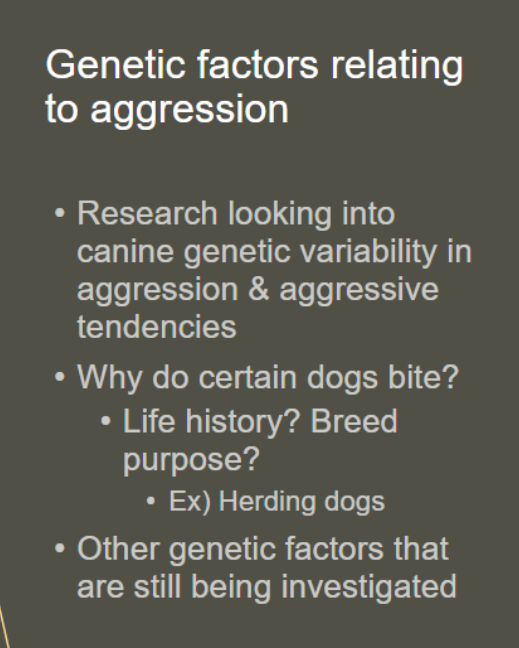(12) Animal Behavior: Defense and Attack/Avoidance Behavior - Exam 1
1/31
There's no tags or description
Looks like no tags are added yet.
Name | Mastery | Learn | Test | Matching | Spaced |
|---|
No study sessions yet.
32 Terms
define fear
feeling that occurs when there is the perception of actual danger or a high risk of danger
define anxiety
feeling resulting from the anticipation of a
specific or general perceived danger or aversive event
2 types of defense
primary
secondary
primary defense
operates whether or not there is a predator in the vicinity
primary defense mechanisms
hiding holes (rabbits, foxes)
crypsis
mimicry of inedible objects (caterpillars)
warning behaviors (skunk colors)
mimicry of individuals that warn of danger to predators
nocturnal activities
maintaining vigilance to maximize detection of predator
define crypsis
ability to remain undetected by blending into surroundings
ex: camoflauge
secondary defense? examples?
operate during an encounter with a predator
When a predator is detected
When the prey perceives it has been detected
When an actual attack occurs
secondary defense mechanisms
exaggerated primary defense (caterpillar remaining motionless)
withdrawal to a safe retreat (armadillo balling up)
flight & evasion (hare jinking + run away)
use of display that deters attack (lizard fanning)
feigning death (opossums, chickens)
retaliation (bitting, chemical secretions)
when is flight response stronger
with more adverse stimulis
respond quicker, have greater flight distance, take longer to recover
do only prey species experience fear?
no (ex: dogs scared of thunder)
why are dogs afraid of thunder?
sudden loud noises
potentially fluctuations in electricity/barometric pressure
ways to address fear of thunder storms
distraction (counter conditioning) (toys)
safe space
thundershirts
medication (anti-anxiety)
what do thundershirts do?
similar to swaddling infant
compression releases oxytocin
when does thunder preparation need to be done?
most need to be done before the storm
defien aggression
An act or threat of action, directed by one individual towards another, with the intention of disadvantaging that individual by actually or potentially causing injury, pain, or fear
categories of aggression
social/dominance related
territorial
pain induced
fear induced
maternal
predatory
when does social/dominance related aggression occur? when is it most common? how long does it last?
occurs when animals live in groups & establishing dominance hierarchy
most common when new groups of animals mixed for first time
can last several days
what is ritualized aggression
Once dominance hierarchy has been established, indirect threats will suffice (not actually acting on aggression)
when is social/dominance related aggression also seen?
when fighting over a particular resource
territorial aggression
keeping others out of a geographical area
describe pain-induced aggression. goal?
directly related to pain or fear of pain
defensive reaction
goal: reduce pain by eliminating the source/perceived source
what can fear-induced aggression be related to? what might it also be?
positively or negatively related to pain
may also be neophobia - fear of new things
physical signs of fear-induced aggression
whale eye
crouching
spitting
dialated pupils
maternal aggression
directly related to protection of the young
predatory aggression
generally directed towards another species
underlying purpose of behavior: obtain food
not always driven by hunger, may be self-fulfilling
genetic factors relating to aggression

environmental control of aggression
enclosure size + unpredictable feeding times impact aggression
hunger & feeling crowded/backed into corner can trigger aggressive behavior
what are main hormones that play role in aggression?
testicular hormones (androgens)
male or female more aggressive
male
what establishes greater potential for aggression?
androgens during development
what can increase probability of aggression in adults?
exposure to testicular hormones in adulthood
what types of aggression do hormones affect?
territorial
sexual
social
dominance